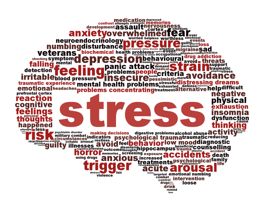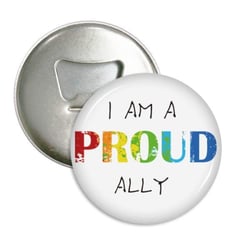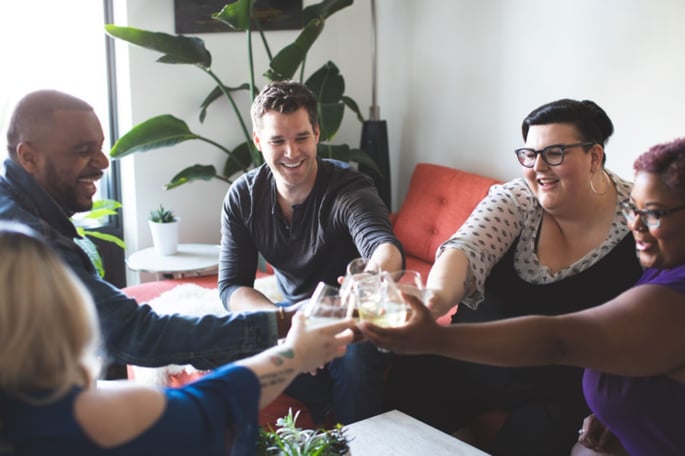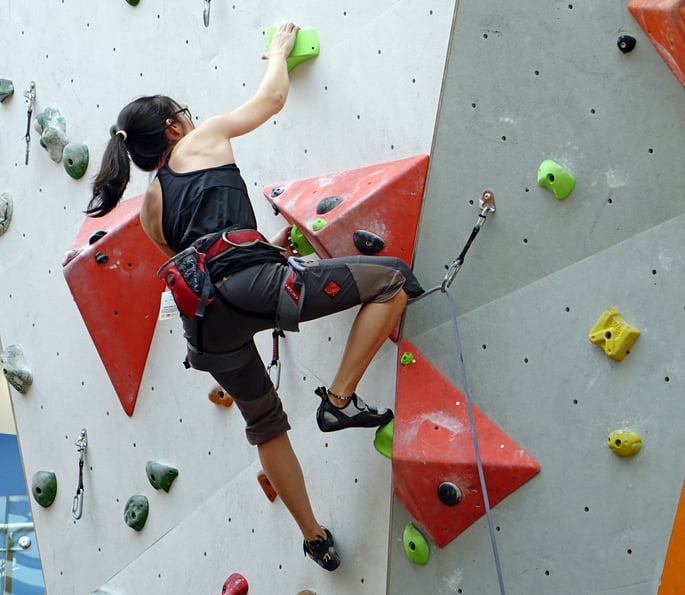3 steps we can take right away to reduce the impact of COVID-19 bias.
5-minute read
During times of stress, no matter the source, our bodies and brains are put to the test. Researchers have found that when people experience stressful multitasking, the prefrontal cortex (the area of the brain used for logic, reasoning, and planning) starts off very active but then quickly gets tired and “shuts downs.” Blood just stops flowing to this area of the brain!

Our brains on stress:
What does this mean? Well, when stressed, our brains simply lack capacity to think clearly, so they make shortcuts. In other words, they rely on biases. It happens to everyone. One study conducted at an emergency department found that as it got more crowded and stress levels increased among the medical teams, their racial bias increased.
Asian and Asian-American xenophobia:
Given the increase in stress related to coronavirus (COVID-19) that may show up as scrambling to understand what is going on or wondering when to make that bulk purchase of hand sanitizer, our brains give way to biases that originated evolutionarily to keep us safe but that now only serve to keep us separate.
In particular, coronavirus fear and stress have sparked new extremes of xenophobia, with Asian and Asian-American communities feeling the greatest impact. This has shown up as Asian businesses taking a financial hit, verbal and physical attacks, near-deserted Chinatowns, bullying at schools, and everyday microaggressions. Anti-Asian bias has become so apparent in journalistic coverage that the Asian-American Journalists Association recently issued an unprecedented call to journalists to “exercise care in coverage of the coronavirus outbreak.”
Impact of bias:
Not only does growing racism and xenophobia pose serious mental health risks for impacted individuals, these negative biases can lead to team conflict and drive people to avoid seeking medical help to prevent further discrimination.
While none of us has the power to stop the brain’s tendency to use bias in times of stress, each of us can increase our efforts to be allies to impacted individuals and communities.
Here are 3 steps individuals and companies can take right away to reduce bias and to practice allyship:

1) Build empathy through education
As an individual - educate yourself.
The problem: Many of us are not aware of the impact on individuals and communities around the world. We might even be unaware of our biases.
The fix: Learn more about the current experiences of Asian and Asian-Americans. For example, NPR’s Code Switch podcast published an episode that captured listeners’ first-hand experiences with xenophobia. Give it a listen on your next morning commute (even if you are working from home and only commuting to your laptop).
As an organization - educate employees.
The problem: Folks are relying on TikTok, Twitter, Instagram, or word-of-mouth for the latest COVID-19 updates, and misinformation is circulating among co-workers. For example, one rumor started with an employee saying, “I heard we’re not ordering Chinese food for lunch because of coronavirus.”
The fix: While still showing love for a good TikTok dance video now and then, it is important that employees can rely on company leaders and company-wide communications as sources of truth. For example, be explicit that the company’s approach will be to follow CDC safety guidelines. Provide updates weekly on a predictable cadence or even daily (even if you have nothing to share but “no change”). Clarify that nationality and race are not predictors of contagion. Avoid using photos of Asian individuals in any documentation related to COVID-19.
Pro-tip: Not quite sure how to communicate your plan? Find our guide here!
2) Make impact visible
As an individual - give timely feedback.
The problem: When you hear a comment or see an action that you perceive to be biased or discriminatory, it’s not clear how to address it (especially if the comment is a joke or an offhand remark).
The fix: While publicly ‘calling out’ or challenging someone is likely to result in defensiveness, a quick, private, and non-judgemental feedback conversation can help the individual understand the impact of their words or actions. For example: “Hey, I know it’s a scary time right now, but I worry comments like that make it even more tense - especially for folks who look Asian and really need our support right now.” If someone you know experienced discrimination or prejudice, practice 'advocacy with consent': ask the impacted individual, "Would you like me to say something?" or "How can I support you?"
Pro-tip: Unsure how to deliver difficult feedback well? Here is a 5-minute video of our Co-CEO sharing a helpful framework!
As an organization - create space for conversation.
The problem: Many employees are scared to address how bias impacts them or unsure how to bring up their concerns about the impact on their coworkers, friends, family, loved ones, and community.
The fix: Ask leaders and influencers in the company to start conversations (with a focus on curiosity vs criticality).
- Invite dialog in team meetings, all-hands, and discussion groups. Ask open questions like: “What forms of prejudice are you seeing?” “How are you feeling about it?” “What can we each do to be allies?”
- Create a digital space for ongoing conversations. Invite leaders and members to post articles, blog posts, podcasts, personal stories, and discussion prompts. If we want employees to learn more, we have to advertise our own learning. Nurturing curiosity will facilitate more open and productive dialog.
- Offer private employee resource groups. Create opportunities for impacted individuals to be able to speak with one another (e.g., offer company resources like spaces and times to meet, a Slack channel, and/or an offer of executive sponsorship).
- Ask managers to have 1-1 conversations. Encourage managers to ask more emotion-based questions in one-on-one meetings like: “How have you been feeling?” “How can I support you?”
3) Elevate identity
As an individual - see yourself as an ally, advocate, or role model.
The problem: When we feel fear and stress, we focus inward on our own safety and think less about how we can support others. Unfortunately, this reaction often leads to even greater anxiety.
The fix: Once you’ve taken care of your own safety (“put on your own oxygen mask”), quickly shift your focus to how you can be of service to others. Think of yourself as a role model of curiosity, empathy, and reason. Not only can we make a difference in the lives of others, helping others improves our own wellbeing.
As an organization - emphasize shared identity.
The problem: In times of fear, we begin to ‘other’ anyone or anything that poses a threat (whether real or imagined). This increased distancing eventually leads to a decline in empathy and an increase in conflict.
The fix: In internal communications, whether in meetings, emails, or events, put extra emphasis into building or fortifying a shared identity. Use language like: “We are all in this together” and “Let’s be here for each other.” Link to shared values and mission. Create or continue shared celebration and learning rituals. And create ‘solidarity moments’ (e.g., inviting everyone to wear company swag at the next all-hands meeting).
Bottom line:
While the coronavirus is spreading fast, let’s spread a message of allyship and support faster so we can all navigate this unknown terrain together. Let's put the 'us' in virus.


